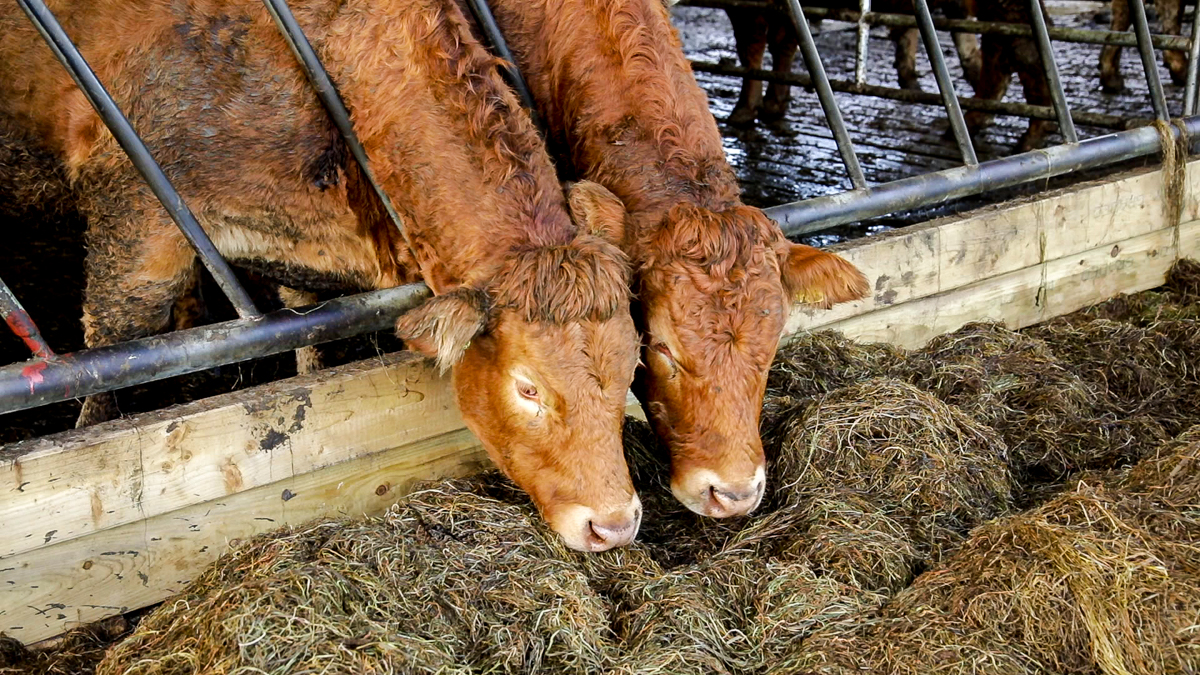After six weeks of cattle throughput rising at Department of Agriculture, Food and the Marine (DAFM) approved beef factories, it seems supply is now starting to tighten.
In the week commencing Monday, February 7 (week six), the total number of young bulls, bulls, steers, cows and heifers processed at DAFM beef factories stood at 36,407 head of cattle.
While week six marked the sixth consecutive week of cattle throughput numbers rising, week seven has seen cattle supplies (excluding veal) begin to fall.
In the week commencing Monday, February 14 (week seven), a total of 35,554 cattle was processed. This figure is back over 850 head on the previous week.
Week-on-week beef kill changes:
- Young bulls: 3,494 head (-641 head);
- Bulls: 470 head (+1 head);
- Steers: 12,936 head (+236 head);
- Cows: 7,885 head (-167 head);
- Heifers: 10,769 head (-282 head);
- Total (excluding veal): 35,554 head (-853 head).
As the figures above indicate, the most significant decrease was seen in the young bull category last week (falling by over 640 head).
Weekly factory steer throughput has continued to increase but all other major categories have witnessed a decrease in throughput levels.
Veal
The number of calves processed on a weekly basis has surged in both week six and week seven of this year.
In week five, the number of animals processed in the Veal V category (animals under eight months of age) stood at 159 head. In week six this year, that figure increased to 1,773 head and in week seven, it stood at 3,197 head.
When veal figures are included, last week’s factory cattle kill stands at 38,806 head.
Comment
As the above figures indicate, weekly beef kill numbers fell last week and conversations with various factory agents would suggest that cattle supply is expected to tighten further in the coming week.
Despite this, the number of cattle processed this year is projected to increase by 70,000 head, according to Bord Bia projections.
The total cattle throughput at DAFM factories to date this year is currently running just over 19,000 head of cattle ahead of the same time period last year (including veal).
So while cattle supply may tighten over the coming weeks, numbers are expected to bounce back and surpass last year’s cumulative beef kill.
